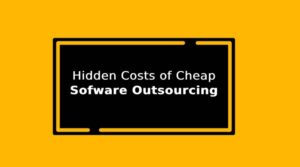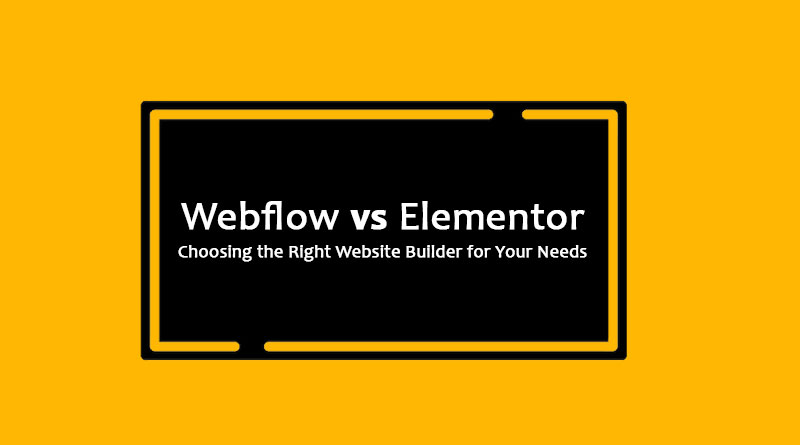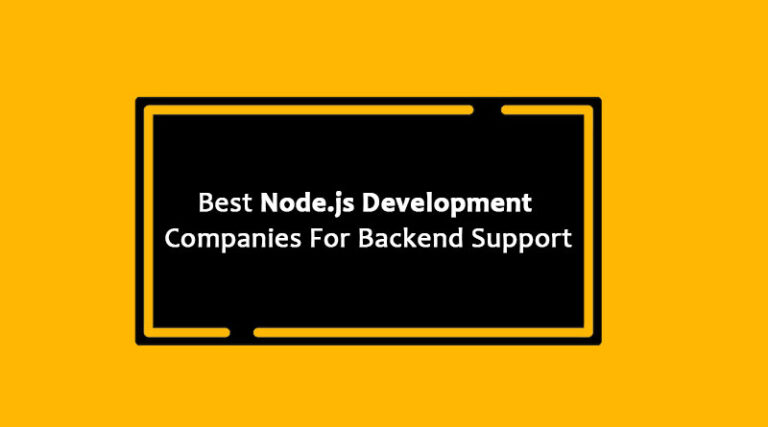When it comes to building a website, choosing the right website builder is crucial. With the multitude of options available, it can be overwhelming to decide which platform to use.
In this blog post, we will compare two popular website builders: Webflow and Elementor. We will delve into their features, ease of use, design capabilities, and overall performance.
By the end of this article, you’ll have a clearer understanding of which platform is best suited for your website needs.
Table of Contents
Understanding Webflow and Elementor
Before we dive into the comparison, let’s take a moment to understand what Webflow and Elementor are all about.
Webflow
Webflow is a powerful and flexible website builder that allows you to design and develop websites without needing to write code. It provides a visual interface that enables you to create responsive websites and customize every aspect of the design. Webflow is known for its robust capabilities, which make it a popular choice for designers and developers.
Features of Webflow
- Visual Design Editor: Webflow’s visual editor allows you to create custom designs, animations, and interactions with ease.
- Custom Code: Webflow provides the flexibility to add custom HTML, CSS, and JavaScript, making it suitable for advanced users.
- E-commerce Capabilities: Webflow offers robust e-commerce features, allowing you to set up and manage online stores.
- Responsive Design: Webflow ensures that your website looks great on all devices, with its built-in responsive design functionality.
Elementor
Elementor, on the other hand, is a WordPress plugin that adds a drag-and-drop page builder functionality to the popular content management system (CMS). It empowers users to design and build professional-looking websites without any coding knowledge. Elementor is highly user-friendly and is widely used by beginners and WordPress enthusiasts.
Features of Elementor
- Drag-and-Drop Builder: Elementor’s intuitive interface allows you to drag and drop elements onto your page, making it easy to build and customize layouts.
- Pre-designed Templates: Elementor offers a vast library of professionally designed templates to kick-start your website design.
- WooCommerce Integration: Elementor seamlessly integrates with WooCommerce, making it a popular choice for e-commerce websites.
- Responsive Editing: Elementor provides precise control over the responsiveness of your website design, ensuring it looks great on any device.
Functionality Difference Webflow vs Elementor
Webflow and Elementor have some key functionality differences that set them apart in terms of website-building capabilities.
Ease of Use
When comparing website builders, ease of use is a critical factor to consider, especially if you’re a beginner or don’t have coding experience.
Webflow: Webflow has a steeper learning curve compared to Elementor. While its interface is intuitive and user-friendly, it offers more advanced customization options that might require a bit of a learning curve for beginners.
Elementor: Elementor shines in terms of ease of use. Its drag-and-drop interface is incredibly intuitive, allowing users to quickly build and edit their websites. Beginners can easily grasp the basics and start creating professional-looking designs in no time.
Design Capabilities
The design capabilities of a website builder play a significant role in determining the overall aesthetics of your website.
Webflow: Webflow stands out for its design capabilities. It offers complete creative freedom, allowing you to build unique and visually stunning websites. Its powerful design editor and animation features enable you to bring your design ideas to life.
Elementor: Elementor’s design capabilities are equally impressive. With its extensive library of pre-designed templates and the ability to customize every aspect of your website’s design, Elementor empowers users to create visually appealing websites without limitations.
The drag-and-drop builder, coupled with the vast array of design elements and styling options, gives you the flexibility to craft a website that reflects your brand and vision.
Performance and Speed
Website performance and speed are crucial factors that impact user experience and search engine rankings. Let’s compare the performance of Webflow and Elementor.
Webflow: Webflow websites are known for their fast loading times and optimal performance. With Webflow’s powerful hosting infrastructure and global content delivery network (CDN), your website can deliver a seamless browsing experience to visitors.
Elementor: Elementor, being a WordPress plugin, relies on the hosting and server configuration of your WordPress website. The performance can vary based on your hosting provider and optimizations. However, by utilizing caching plugins, optimizing images, and choosing a reliable hosting provider, you can achieve excellent performance with Elementor.
Pricing and Flexibility
Pricing and flexibility are important considerations when choosing a website builder that aligns with your budget and requirements.
Webflow: Webflow offers a range of pricing plans, including a free plan with limited features. The paid plans offer additional features, such as e-commerce functionality, form submissions, and custom code export. While Webflow provides more flexibility in terms of customization, its pricing may be higher compared to some other website builders.
Elementor: Elementor has a free version available in the WordPress plugin repository, which provides essential features and functionality. For advanced features like theme builder and WooCommerce integration, you can opt for the Elementor Pro version, which offers flexible pricing plans based on the number of websites you want to use it on.
Elementor’s pricing structure makes it a cost-effective choice for individuals and small businesses.
Community and Support
The availability of a supportive community and reliable customer support can greatly enhance your website building experience.
Webflow: Webflow has an active and growing community of designers and developers who share their knowledge and resources. The Webflow University provides comprehensive tutorials and guides to help you master the platform.
Elementor: Elementor boasts a large and engaged community of users who actively contribute to forums, Facebook groups, and online communities. The Elementor website provides extensive documentation and tutorials to assist users in maximizing the potential of the builder.
Pros & Cons of Webflow vs Elementor
Webflow Pros and Cons
| Pros | Cons |
|---|---|
| Powerful design customization options | Steeper learning curve for beginners |
| Built-in e-commerce functionality | Higher pricing compared to some other builders |
| Robust hosting infrastructure and CDN for optimal performance | Limited free plan with restricted features |
| Ability to add custom code for advanced customization | Limited customer support channels |
| Responsive design capabilities | May require some coding knowledge for advanced features |
Elementor Pros and Cons
| Pros | Cons |
|---|---|
| Intuitive drag-and-drop interface for easy website building | Relies on the hosting and server configuration of WordPress |
| Vast library of pre-designed templates for quick and professional designs | Some advanced features require the Pro version |
| Seamless integration with WooCommerce for e-commerce websites | Free version has limited features |
| Extensive community support and resources available | Performance can vary based on hosting and optimizations |
| Affordable pricing plans for individuals and small businesses | Customer support for Pro users only |
Webflow vs Elementor: Which One Should You Choose?
Choosing between Webflow and Elementor ultimately depends on your specific needs and preferences.
Here are some scenarios that may guide your decision:
- Choose Webflow if:
- Require advanced design customization and animation capabilities.
- If you want a website builder that offers built-in e-commerce functionality.
- You are comfortable with a slightly steeper learning curve and have some coding knowledge.
- Choose Elementor if:
- You are using WordPress as your CMS and want a powerful page builder.
- Prefer a user-friendly drag-and-drop interface and pre-designed templates.
- You are looking for a cost-effective solution for creating professional websites.
Conclusion
Both Webflow and Elementor are excellent website builders with their own strengths and target audiences. Assess your requirements, design preferences, and technical expertise to make an informed decision.
Remember, choosing the right website builder is the first step toward creating a successful online presence.
Happy website building!





















+ There are no comments
Add yours